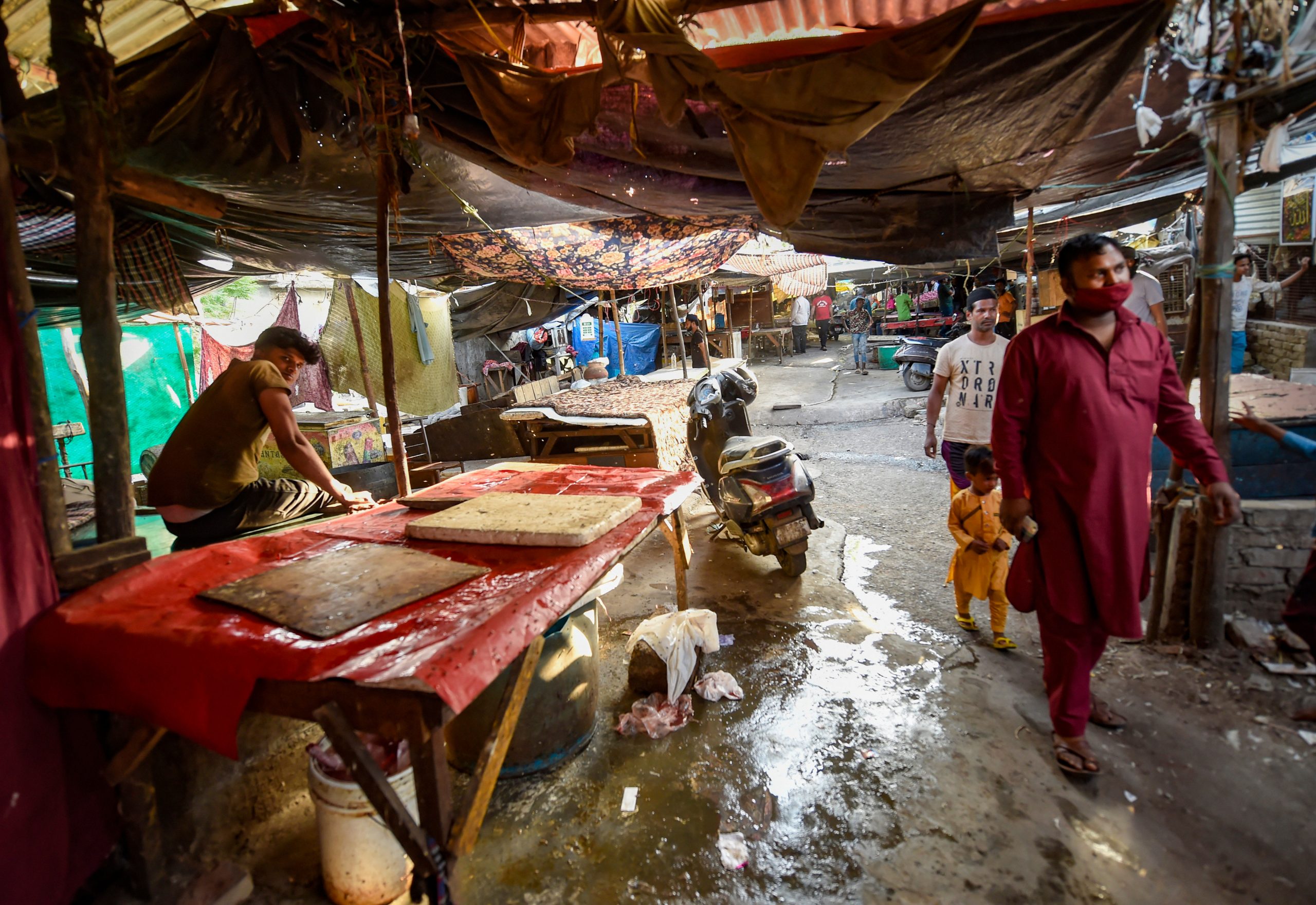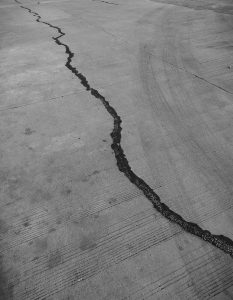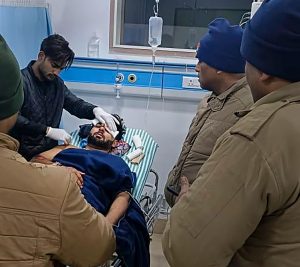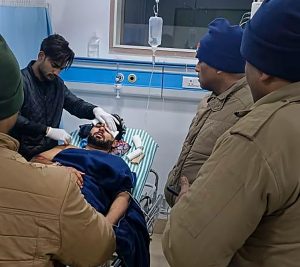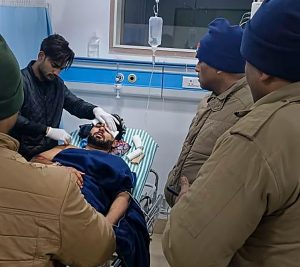Nearly 84% of men and 70.6% of women consume fish, chicken or meat on a daily, weekly, or occasional basis, according to the latest report from the National Family Health Survey -5 (NFHS-5). The previous round, the NFHS-4, conducted in 2015-2016, showed that 78.4% of men and 70% of women were eating meat.
In fact, the numbers reported by the NFHS-5 counter the narrative that meat-eating will hurt religious sentiments of Hindu’s in the country. During Navratari earlier this year, controversy raged in parts of Delhi and Uttar Pradesh as meat shop bans were announced for the duration of the festival.
The report further breaks down the numbers by state, which shows the top five states of meat eaters amongst men are Lakshadweep (98.4%), followed by the Andaman & Nicobar Islands (96.1%), Goa (93.8%), Kerala (90.1%) and Puducherry (89.9%). Amongst women, the top five are the same.
Amongst religious groups, despite the fact that Hindu’s don’t consist of many non-vegetarians, the numbers tell a different story. The previous round showed that 44.8% of Hindu men would eat fish, chicken or meat at least once a week. That number has gone up to 52.5% according to data from the NFHS-5, just shy of an 8% increase. The numbers for Hindu women from the NFHS-4 are similar, with 38.3% of Hindu women consuming non-vegetarian food. Data from the NFHS-5 shows that the number has shot up to 40.7%.
However, one of the more interesting pieces of consumption data is that of the Jain community. In the previous round of the survey, only 3.5% of men would eat meat, the number has jumped to 14.9% in this round. Conversely, amongst women, the number went down from 8.6% in the NFHS-4 to 4.3% in the NFHS-5. Similarly, egg consumption amongst men increased from 4.4% to 11%, whereas for women it reduced from 9.7% to 6.7%.
The most recent report from the Ministry of Health and Family Welfare is a part of the Central government’s attempt to adequately track and report on key indicators of social and economic development. The NFHS-5 was the fifth round and was conducted between 2019-2021 in two phases, with the first phase recording responses from 17 states, with the second phase collecting data from the remaining states.

